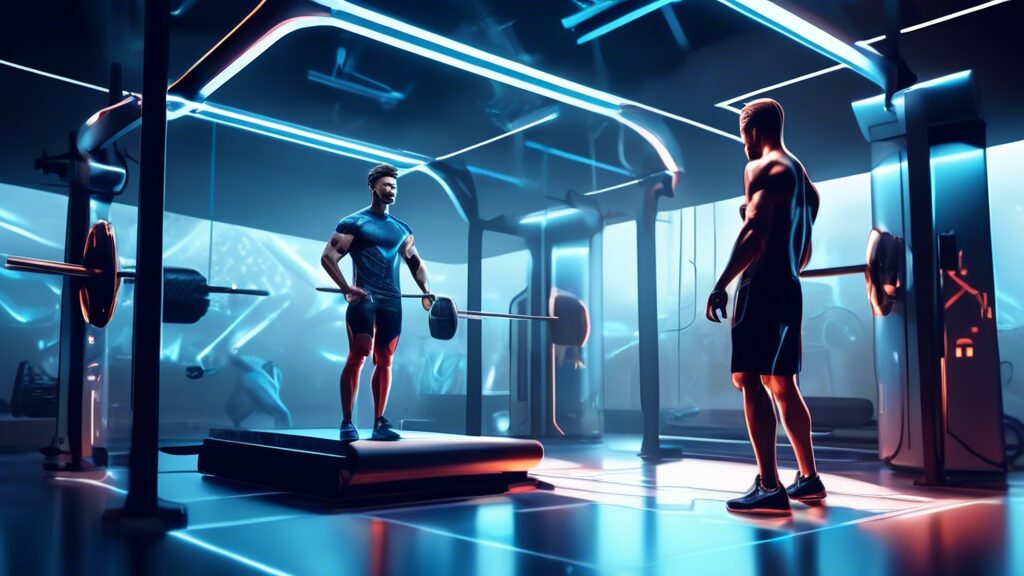Introduction to Sports Performance Training
Sports performance training is a specialized approach designed to enhance an athlete's abilities in their specific sport. It involves a combination of strength and conditioning exercises, skill-specific drills, and mental training techniques that are tailored to improve performance and reduce the risk of injury. By focusing on aspects such as agility, endurance, speed, and coordination, sports performance training helps athletes reach their full potential.
The Components of Sports Performance Training
Strength and Conditioning
Core to any sports performance training program is strength and conditioning. This component focuses on improving an athlete's muscular strength, endurance, and overall physical conditioning. By employing weight training, resistance exercises, and plyometrics, athletes develop the muscle power and stamina required to perform at higher levels and sustain their performance throughout the competition. Proper strength and conditioning also aid in the prevention of injuries by strengthening muscles and joints.
Agility and Flexibility Training
Agility and flexibility are crucial for almost all sports. Training to improve agility involves exercises that increase an athlete’s ability to change direction quickly and efficiently, while maintaining control and balance. Drills include ladder drills, cone drills, and shuttle runs. Flexibility training, on the other hand, involves stretching routines and yoga sequences that enhance the range of motion, reduce muscle stiffness, and prevent injuries.
Speed and Endurance Training
Enhancing speed and building endurance are vital for sports performance. Speed training utilizes sprinting drills, resisted running exercises, and technique refinement to improve fast-twitch muscle fibers, which are essential for explosive movements. Endurance training, like long runs or interval training, helps athletes to sustain their performance levels over a prolonged period, which is particularly beneficial for sports like soccer, basketball, and tennis.
Skills Development
Each sport requires a unique set of skills, and performance training programs incorporate sport-specific drills to refine these skills. For example, a basketball player might work on dribbling and free-throw shooting, while a soccer player might focus on passing and ball control. Continuous repetition and feedback are crucial in this phase of training to ensure skills are being executed properly and efficiently.
Mental Conditioning
Mental conditioning is often overlooked in sports training but is just as important as physical training. Psychological techniques such as visualization, concentration drills, and relaxation strategies help athletes enhance their mental toughness, focus, and ability to cope with pressure. This aspect of training ensures that athletes are mentally prepared to tackle competitive scenarios.
The Role of Technology in Sports Performance Training
Advancements in technology have greatly impacted the way sports performance training is conducted. Tools like high-speed cameras are used for biomechanical analyses that break down and improve the technique. Wearable sensors help monitor physiological metrics such as heart rate and muscle fatigue, providing real-time data to optimize training and prevent overtraining. Virtual reality (VR) systems represent the frontier of mental conditioning, allowing athletes to simulate and practice competitive scenarios repeatedly.
Customization and Individualization in Training Programs
No two athletes are the same, and effective sports performance training recognizes the need for personalized training programs. These programs take into account an athlete’s physical condition, skill level, specific strengths and weaknesses, and the demands of the sport they play. By customizing training regimens, coaches and trainers can more effectively target areas of improvement, leading to better performance outcomes.
Conclusion
Sports performance training is an essential aspect of any serious athlete's regimen. By combining various physical and mental training components and utilizing cutting-edge technology, athletes can see significant improvements in their performance. As sports science continues to evolve, so too will the methodologies involved in training, offering athletes ever-greater opportunities to reach their peak abilities.





